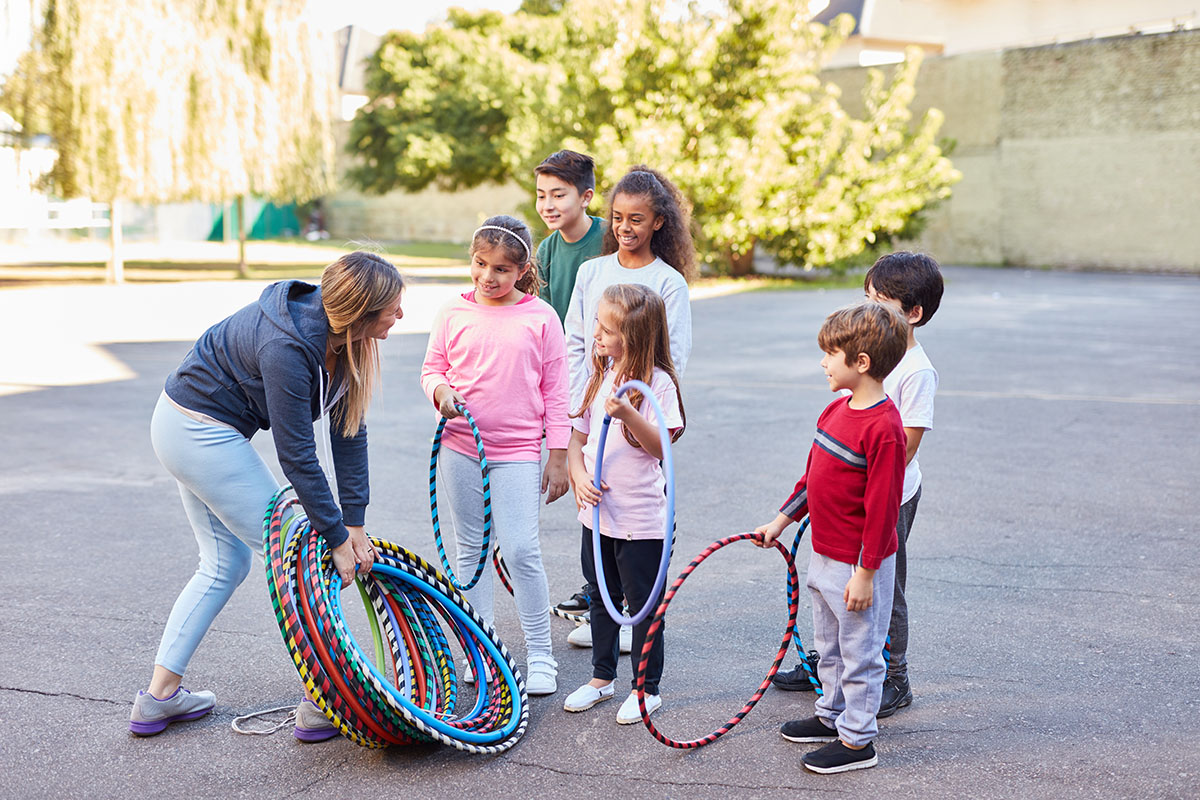Active learning is about far more than just getting pupils to be physically active in the classroom. Lots of research suggests that regular active learning activities can have huge benefits to the effectiveness of student’s learning but the strategy only has a significant impact if the learners are given the opportunity to actively engage with material so that they retain the learning.
Three primary schools that took part in the annual National School Sport Week run by the Youth Sport Trust found that using active learning helped students to develop specific skills and explore concepts in a different way.
Here are 5 ideas for introducing active learning:
1. Listening by Numbers
This is a great activity to ensure that children are actively listening and able to recall the learning. It has an extra edge as pupils are subjected to some peer pressure to pay attention.
- Divide the pupils into groups, giving each group a number. E.g. 1,2,3 etc
- Next, the teacher reads out the information to the class but precedes each sentence with one of the numbers. Each group must listen and take notes to “their” pieces of information.
Once finished the pupils must work together to share all the information in order to answer quiz questions.
2. Oops
If you are a teacher then you will be familiar with making a mistake in class and covering up by telling the children that you did it deliberately to test them.
- In this activity you let the class know at the beginning of the lesson that you will be making some mistakes and there will be a prize or reward for whoever spots them all.
This is great for encouraging pupils to not just pay attention, but actively process what is going on to try and spot any errors.
3. Memory Relays
This a great way to encourage some collaborative active learning.
- All you need to do is to set up some large sheets of paper and pens outside the classroom or on each table. You will need a piece of paper for each group of children.
- Put up a display of the information you want the class to learn on the Interactive White Board but only for 30 seconds. Challenge them to memorize as much as they can.
- Send the first member of each group to go to their sheet of paper and write down what they remember. When they return, they tag the next member of the group, and they carry on until all the group have had a go.
- The teams can then compare their answers to the whiteboard.
4. The Apprentice
This is good for encouraging independent or collaborative work.
- Set some tasks to individual pupils or small groups that are allocated points by difficulty.
- Give the class a time limit to complete as many tasks as possible.
- When the time is up the pupils can mark their work with model answers or through peer assessment and see who has the most points.
5. Reduction
This is a great way for pupils to understand what the key information is in a topic. Set them one of the following challenges:
- Ask pupils to condense their notes onto one side of an A4 piece of paper.
- Get them to design a poster with just 10 words and pictures or even emojis.
- Get pupils to create a 140 character tweet using a QR code and Padlet so they can see them on the Interactive White Board.
- Ask pupils to put information onto flashcards or post-it notes.



